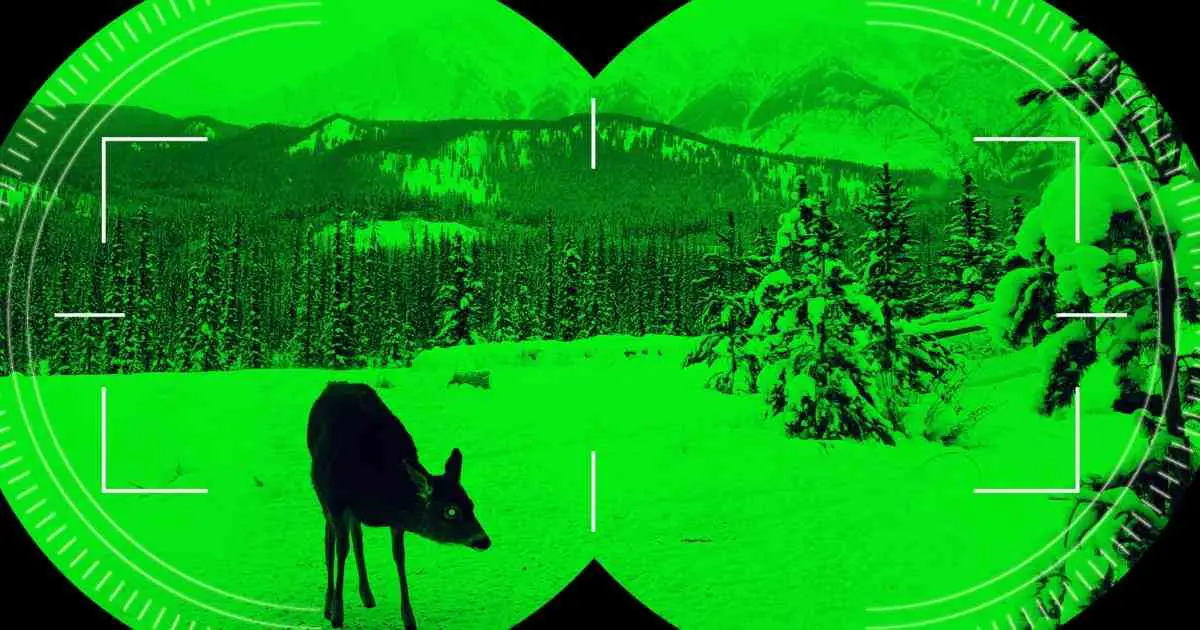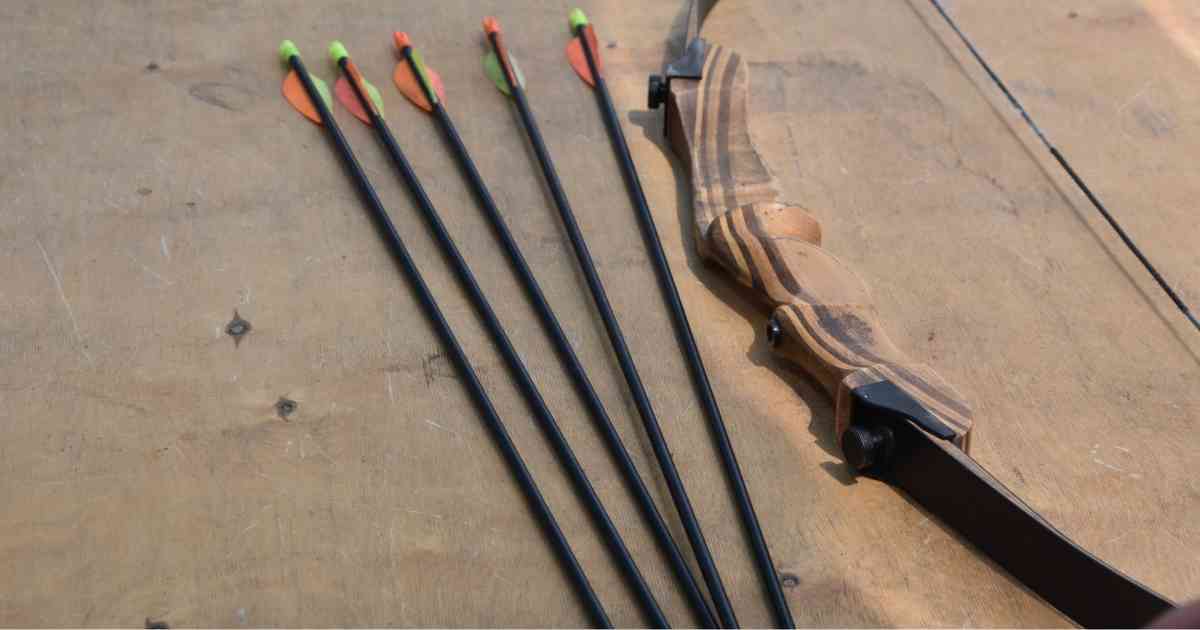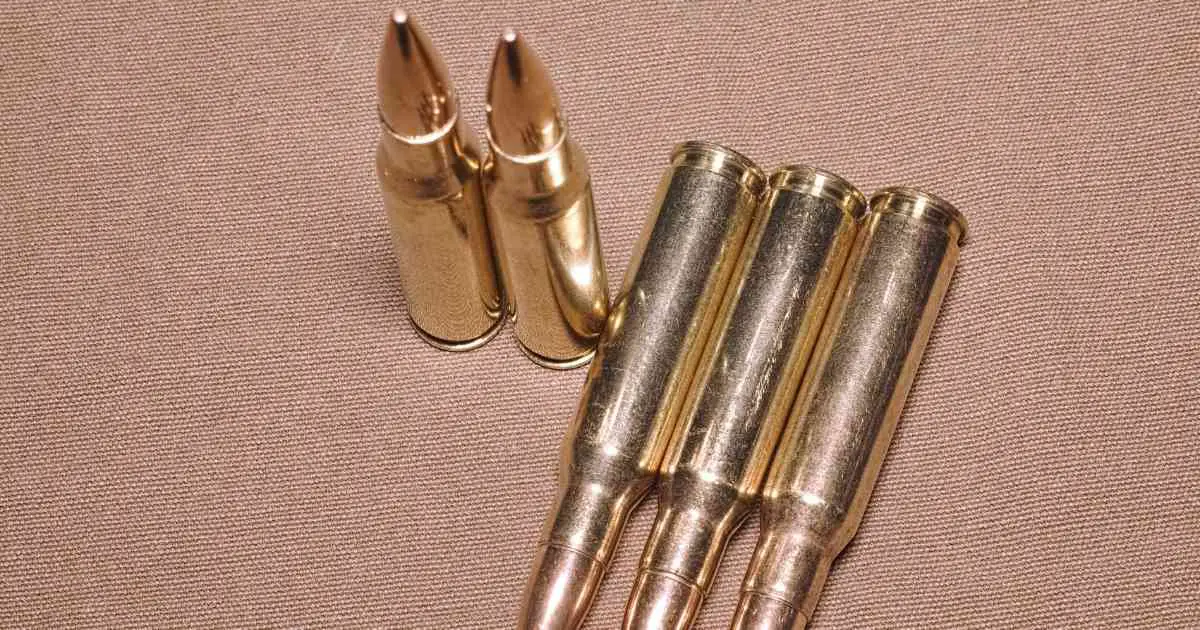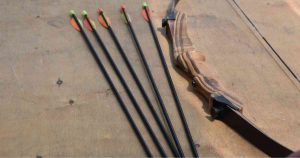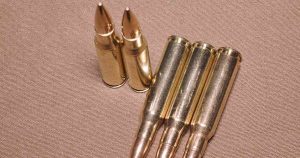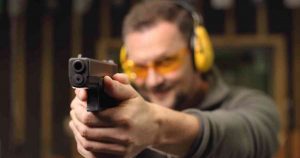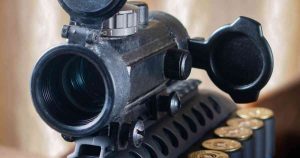In order to be a successful, accurate shooter, you must first understand the basic fundamentals of shooting. Without a strong foundation in these basics, your shooting skills will never reach their full potential.
This blog post will discuss the seven main fundamentals of shooting: grip, stance, sight alignment, trigger control, breathing, follow-through, and recovery. We will also provide tips on how to improve your accuracy and consistency when shooting.
Whether you’re just starting out or have been shooting for years, this post has something for you!
The 7 Fundamentals of Shooting
Here are the main fundamentals of shooting you need to know:
Grip
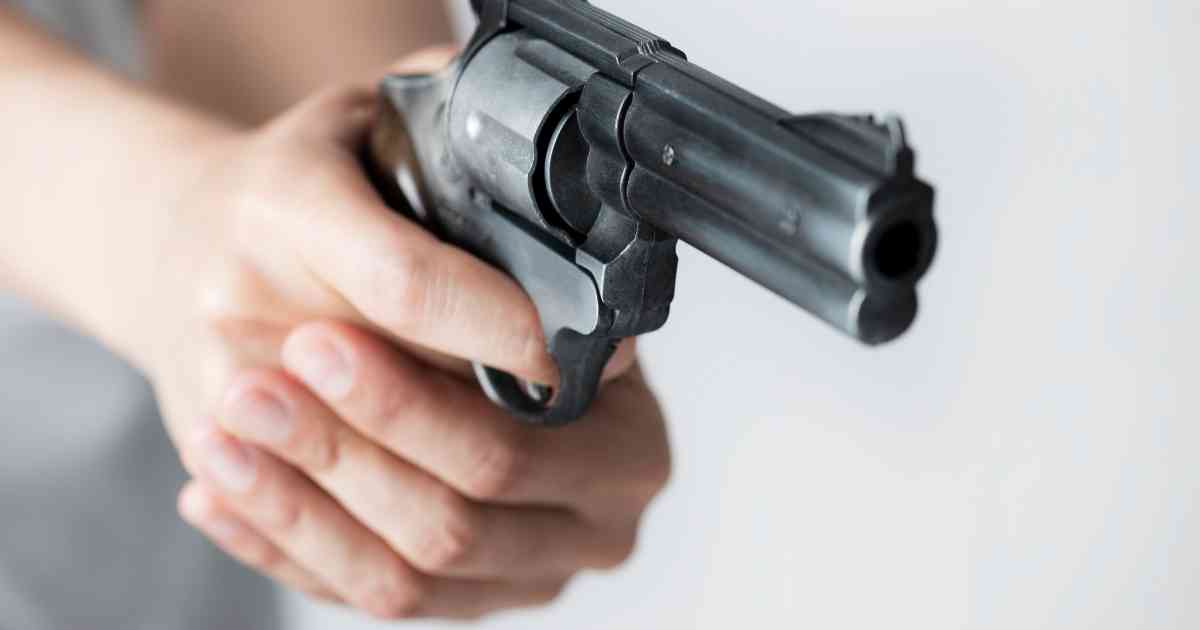
Your grip is how you hold your gun. A proper grip will help you control the recoil of your gun, keep your hand stable, and maintain a consistent sight picture.
There are many different ways to grip a gun, but the most important thing is to find what works best for you and practice with it until it becomes second nature.
There are three different types of grips:
- Standard Grip: This is the most common type of grip and is often used by law enforcement and military personnel. To achieve a standard grip, you simply need to position your hand on the gun so that your trigger finger rests on the gun’s side.
- Reverse Grip: This type of grip is often used by competitive, experienced shooters. To achieve a reverse pistol grip, you need to position your hand on the gun so that your trigger finger is resting on the top of the gun for a perfect shot.
- Modified Grip: This type of grip is often used by people who have large hands or long fingers. To achieve a modified grip, you simply need to position your hand on the gun so that your trigger finger is resting on the side of the gun and your pinky finger is wrapped around the front of the gun.
Stance
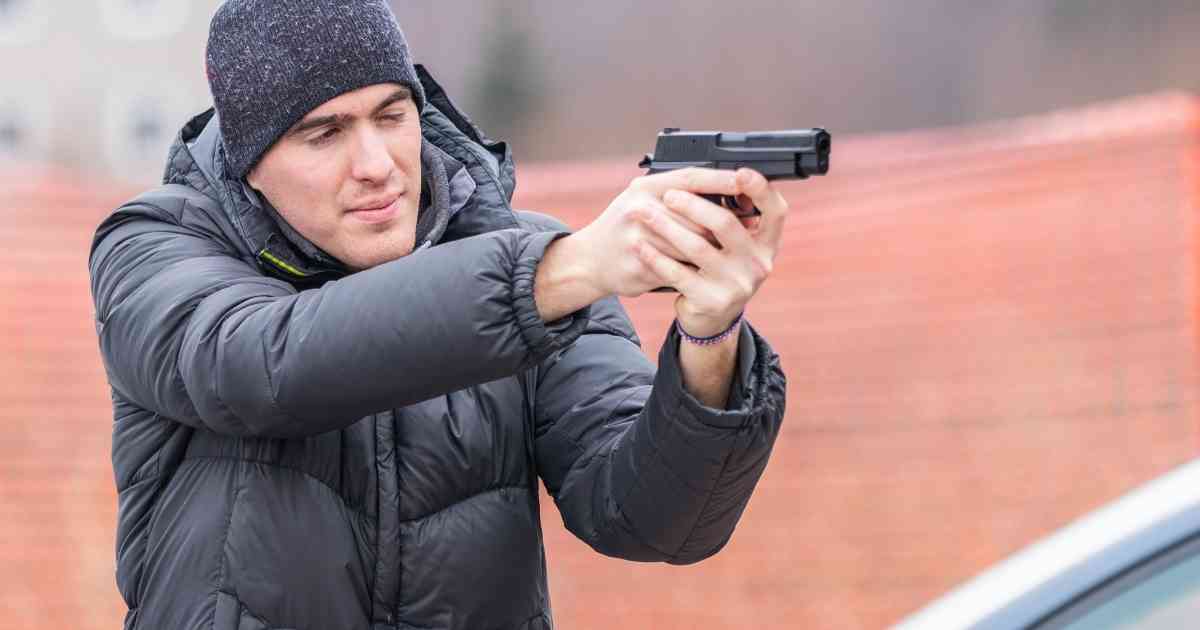
Your stance is how you position your body when you are shooting. You can adopt many different stances, but the most important thing is to find one that is comfortable for you and allows you to move and shoot quickly and efficiently.
Here are three different types of stances:
- Isosceles: This is the most common type of stance and is often used by law enforcement and military personnel for an accurate shot. To achieve an isosceles stance, you simply need to position your feet shoulder-width apart and square your body to the target. This stance provides a lot of stability and is good for shooting at long-range targets.
- Weaver: This type of stance is named after Jack Weaver, who developed it in the 1950s. To achieve a Weaver stance, you need to position your strong-side foot slightly behind your weak-side foot and stagger your feet so that they are not shoulder-width apart. This stance provides good stability and is good for quickly acquiring targets using your rifle.
- Chapman: This type of stance is named after Ray Chapman, who developed it in the 1970s. To achieve a Chapman stance, you need to position your feet shoulder-width apart and square your body to the target. This stance provides good stability and is good for quickly acquiring targets.
Sight Alignment
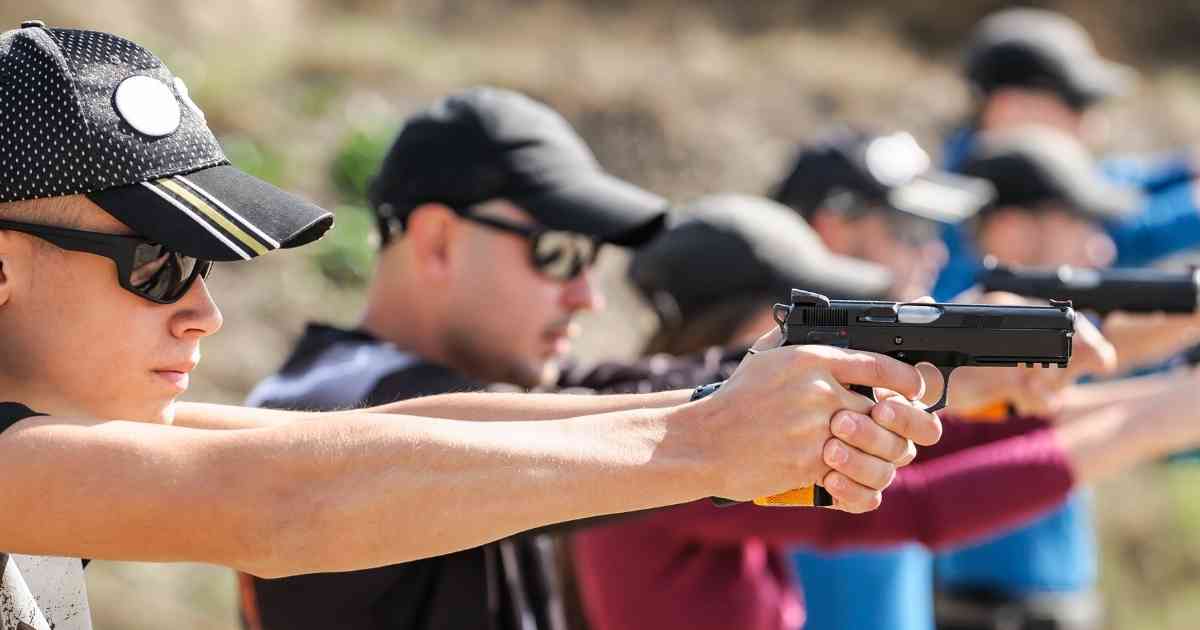
The first and most important fundamental of shooting is sight alignment. This is the process of aligning the sights on your gun with the target. If your sights are not properly aligned, you will not hit your target. There are three different types of proper sight alignments:
- Center Mass: This is the most commonly used type of sight alignment. To achieve center mass alignment, you simply need to align the center of your front sight with the center of your rear sight. This will put the bullet right in the middle of your target.
- Six O’clock: This type of sight alignment is used when shooting at a target further away. To achieve six o’clock alignment, you need to align the top of your front sight with the bottom of your rear sight. This will put the bullet at the bottom of your target.
- Equal Height: This type of proper sight alignment is used when you shoot at a closer target. To achieve equal height alignment, you need to align the top of your front sight with the top of your rear sight. This will put the bullet at the top of your target in a consistent shot.
Trigger Control
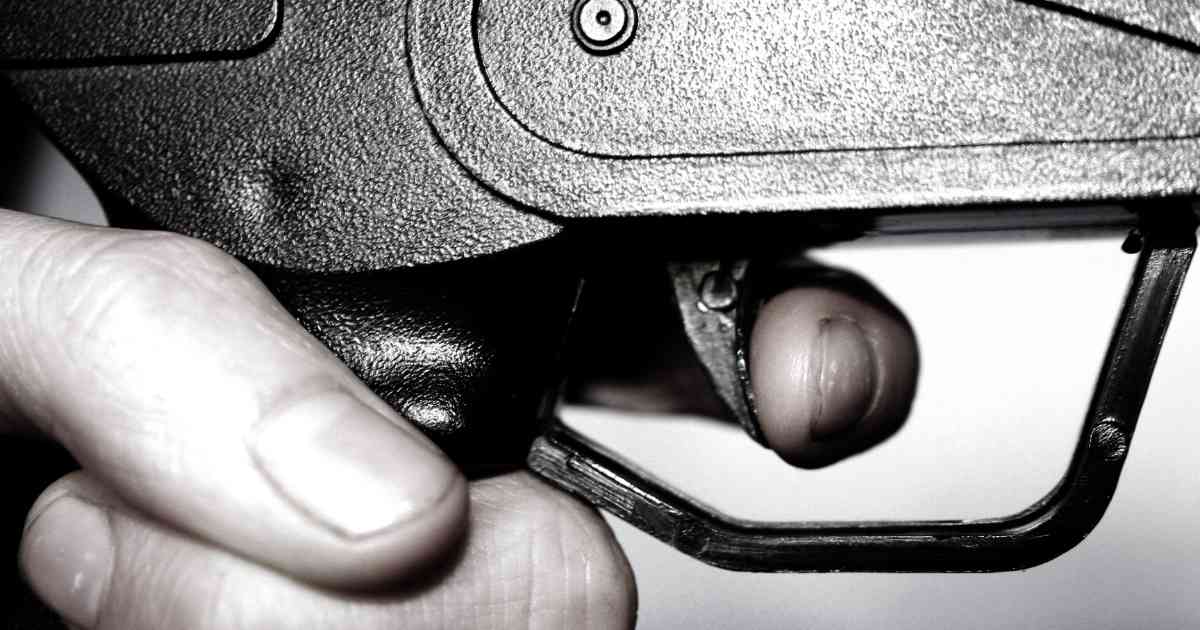
Trigger control is how you pull the trigger on your gun. There are three different types of trigger control:
- Single Action: This type of trigger control is often used by competitive shooters. To achieve single action trigger control, you simply need to pull the trigger straight back with your finger.
- Double Action: This type of trigger control is often used by law enforcement and military personnel. To achieve double action trigger control, you need to first cock the gun and then pull the trigger straight back with your finger.
- Staged Action: This type of trigger control is often used by people who have large hands or long fingers. To achieve staged action trigger control, you need to first cock the gun and then pull the trigger back with your finger until it reaches a stop. At this point, you will feel resistance in the trigger. You then need to apply steady pressure to the trigger until the gun fires.
If you can master these shooting mechanics, you will be well on your way to becoming a proficient shooter. Practice more to improve from poor trigger control.
Breathing
Another important fundamental of shooting is breathing. When you are shooting, you need to control your breath in order to keep the gun steady. There are three different types of breathing:
- Natural: This type of breathing is the most common and is often used by beginners. To achieve natural breathing, you simply need to breathe normally when taking your arched shot.
- Slow: This type of breathing is often used by competitive shooters. To achieve slow breathing, you need to take shallow breaths and hold each breath for a few seconds before exhaling.
- Stopped: This type of breathing is often used by law enforcement and military personnel in the U.S army. To achieve stopped breathing, you need to take a deep breath and hold it for a few seconds before exhaling. This is ideal when you are taking a couple of shots.
Follow Through
Follow through is the process of maintaining good form even after the gun has fired. There are three different types of follow-through:
- Sight Picture: This type of follow-through is often used by competitive shooters. To achieve a proper sight picture, you need to keep your sights aligned with the target even after the gun has been fired.
- Target Focus: This type of follow-through is often used by law enforcement and military personnel. To achieve target focus, you need to keep your eyes focused on the target even after the gun has fired.
- Breath Control: This type of follow-through is often used by people who have large hands or long fingers. To achieve breath control, you need to keep your breathing steady even after the gun has fired.
Recovery
The final step in the shooting process is recovery. This is the process of getting back into position to shoot again. There are three different types of recovery:
- Speed: This type of recovery is often used by competitive effective shooters. To achieve speed, you need to get back into position as quickly as possible.
- Control: This type of recovery is often used by law enforcement and military personnel. To achieve control, you need to get back into position slowly and deliberately.
- Smoothness: This type of recovery is often used by people who have large hands or long fingers. To achieve smoothness, you need to get back into position smoothly without jerking the gun.
FAQs
What type of breathing should I use when shooting?
The type of breathing you should use when shooting depends on your goals. If you are shooting for accuracy, you should use slow breathing.
If you are shooting for speed, you should use natural breathing. If you are shooting for precision, you should use stopped breathing.
What is the difference between double action and single action trigger control?
Double action trigger control is when you cock the gun and then pull the trigger back with your finger until it reaches a stop. At this point, you will feel resistance in the trigger. You then need to apply pinky pressure to the trigger until the gun fires.
Single action trigger control is when you pull the trigger straight back with your finger until it reaches a stop. You will feel resistance in the trigger at this point. You then need to apply pressure to the trigger until the gun fires.
Conclusion
We hope this post was helpful to you when it comes to understanding the basics of shooting. If you can master these fundamentals of pistol shooting, you will be well on your way to becoming an excellent shooter.
Practice these fundamentals of shooting often and master them one at a time. You could even hire a shooting coach to guide you through the basics and fix your bad shooting habits. Soon, you will be shooting like a pro with some ambidextrous skills! Always remember to stay safe when handling firearms and to practice with care.

